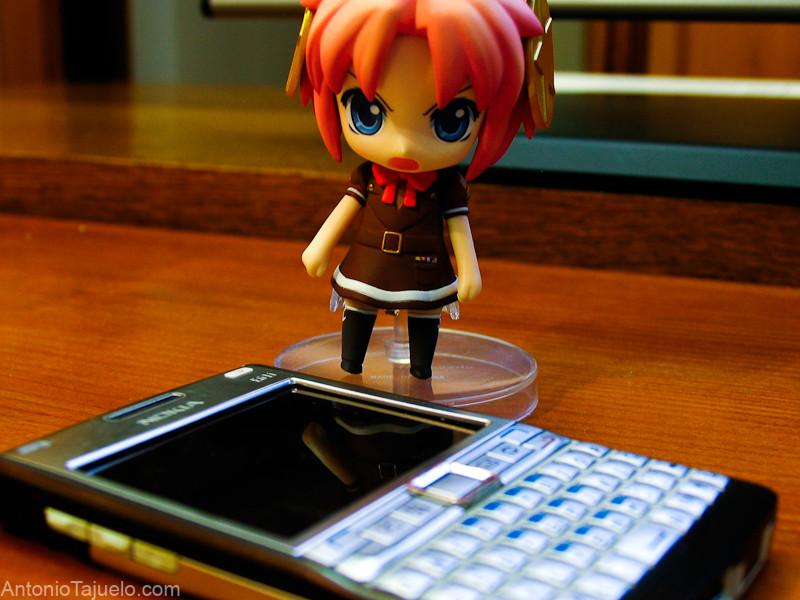Over at BGR, Tero Kuittinen writes: “Apple suddenly looks a lot like Nokia“. There’s no looks like at all. As I explain in my book, The Principles of Disruptive Design, Apple, like Nokia in 2007, is unable to transcend design concepts that lock it into an older UX paradigm; from top of the mountain can’t see the crumbling below; and is unwilling to jeopardize the success it has to risk something new.
From the book:
Armchair pundits look to Nokia as metaphor for Apple. Nokia couldn’t quickly adapt to design ethics around the touchscreen and sensors, which more humanized the cell phone. Critics contend that Apple pursues similar path to design disgrace, unable to rise above the Android Army, which storms the fruit orchards much like iPhone did BlackBerry, Nokia and Sony-Ericsson (now just Sony), starting six years ago. Apple brought fundamentally fresh design concepts to smartphones. Competitors stood still, while the upstart marched forward. Apple still moves forward. But refinement, rather than revolution, is the current design ethic…
The newest iPhones demonstrate that Apple, like Nokia during late-last decade, can’t break free from older design ethics. For the Finnish phone maker, the keyboard and its success selling feature phones, hobbled early efforts with touchscreens. Apple’s ‘finger first’ design philosophy looks much the same in 2013 as 1984. The company is attached to touch, and why not? The iPhone is hugely successful built around touchscreen interaction. But the user motif is in the early stages of disruption. Apple’s decision to refine iPhone in late 2013 is a problem in the making for 2014 and beyond.
I published The Principles of Disruptive Design in summer 2013 and updated after Apple released iPhone 5s, making comparisons to Nokia. The mobile device market rapidly moves to touchless “Star Trek”-like interaction, while Apple obsesses about touch. Meanwhile phablets open an increasingly compelling category where the company offers nothing. See the next post for more thoughts on that problem.
Photo Credit: Antonio Tajuelo
